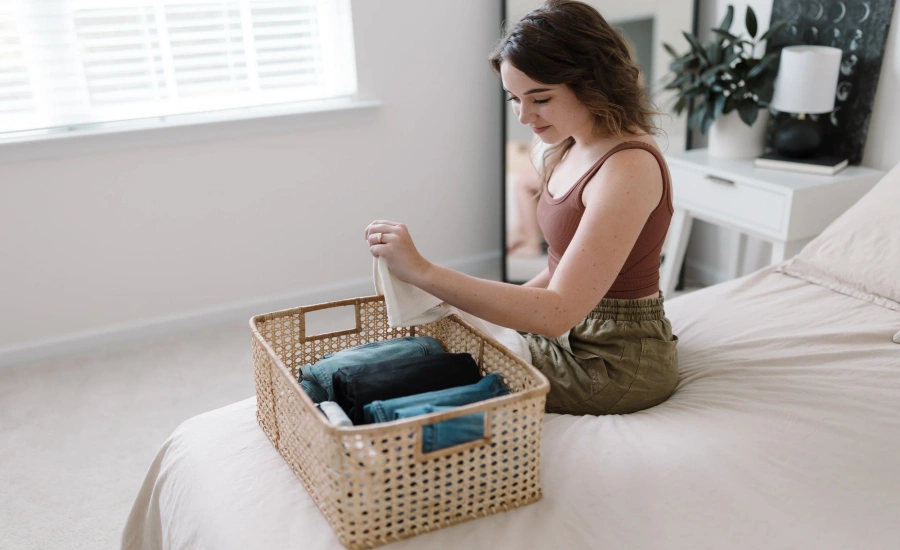Sorting items by frequency of use is a simple yet powerful strategy. Keep everyday essentials like toothbrushes or remote controls in visible, easy-to-reach spots, while items used once a month or less—such as holiday decorations or camping gear—can go into closets, under beds, or in garage storage. This reduces visual clutter and makes daily routines more efficient, as you won’t waste time searching for things you need regularly.
Investing in multi-purpose furniture is another smart move for home organization, especially in small spaces. Ottomans with hidden storage, beds with built-in drawers, or bookshelves that double as room dividers all maximize space without sacrificing style. These pieces help keep items out of sight but still accessible, balancing functionality with a clean look.

Creating systems for recurring clutter is key to long-term organization. Paper piles, for instance, can be managed with a simple setup: a tray for incoming mail, a folder for bills to pay, and a recycling bin nearby. Similarly, designating a specific basket for loose keys, wallets, or sunglasses by the door ensures these daily items are always where you need them. Consistency is crucial—once systems are in place, sticking to them turns organization into a habit.
Finally, regular mini-tidying sessions prevent small messes from becoming big problems. Spending five minutes each night to put away toys, clear counters, or fold throw blankets keeps spaces looking neat without feeling overwhelming. Over time, these small efforts add up, creating a home that feels calm, functional, and tailored to your lifestyle. The goal isn’t perfection but a space that works with you, making daily life smoother and more enjoyable.



